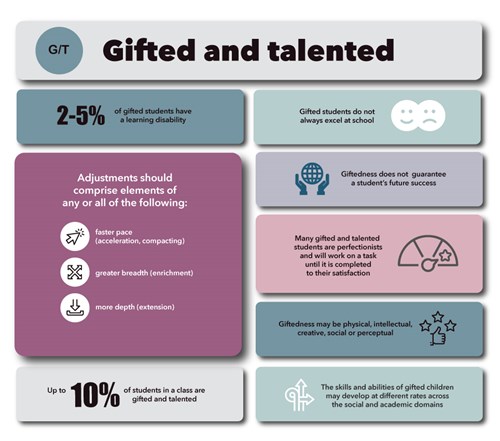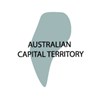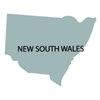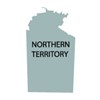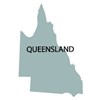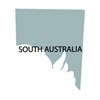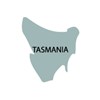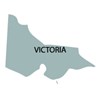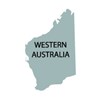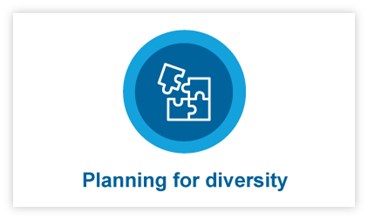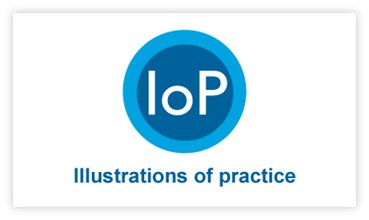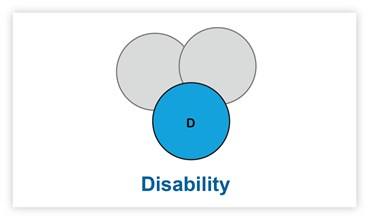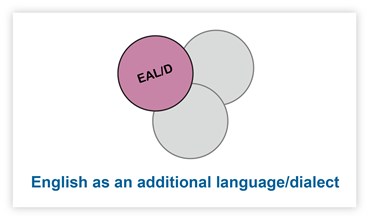Gifted and talented students benefit from rigorous, relevant and engaging learning opportunities based on the Australian Curriculum content. ACARA acknowledges that numerous models of curriculum adjustment for gifted and talented students are available; specific models may be referenced in jurisdictional resources.
Gifted and talented students:
- have individual learning needs, strengths, interests and abilities
- vary in their level of giftedness across and within learning areas
- vary in abilities and aptitudes demonstrated in a single area or across a variety of domains
- vary in level of achievement
- exhibit different learning behaviours.
There is no universally accepted definition of students identified as gifted and talented. A common understanding is that giftedness and talent in students result in their displaying a selection of characteristics at home and school that are significantly above the average for their age.
It is difficult to estimate the total number of gifted and/or talented students in Australian schools. Estimations are dependent on the methods and models used to identify gifted and/or talented students; however, many consider ten per cent to be a reasonable guide.
The following points should be considered in developing personalised learning plans for gifted and talented students:
- the process of adjustment starts with learning area content that aligns with students’ chronological age
- students who are gifted and talented may also have a disability, and/or English as an additional language or dialect
- research suggests that 14 per cent of children who are identified as being intellectually gifted may also have a learning disability, whereas only about 4 per cent of children in the general population may also have a learning disability[*]. In some instances, a student may require support in more than one element of diversity
- general capabilities and cross-curriculum priorities can be used to extend and enrich teaching and learning opportunities
- pre-assessment and ongoing formative assessment are critical to ensure that learning area content and adjustments align with student needs
- gifted and talented students:
- should be encouraged to achieve educational standards beyond those of their peers
- may require different levels of adjustment over time to reach their potential
- may have the capacity to learn at a faster rate than other students
- may require adjustments to different aspects of their learning
- giftedness is a natural ability that may not be reflected in achievement.
[*] Wormald, C. (2015, March 25). Intellectually gifted students often have learning disabilities. The Conversation. Retrieved from.: https://theconversation.com/intellectually-gifted-students-often-have-learning-disabilities-37276
The Melbourne Declaration (2008) espouses the dual goals of equity and excellence. Excellence requires all students to have access to a curriculum that encourages high expectations of all learners.
Each state and territory has processes in place to identify gifted and talented learners and to meet the goals of the Melbourne Declaration. Schools can also use the three dimensions of the Australian Curriculum to develop effective gifted and talented programs.
Over the past two decades state and federal education authorities have contributed to inquiries into the education of gifted and talented children. The submissions have addressed a range of issues, including:
- defining and measuring giftedness
- challenges associated with meeting the needs of gifted and talented students
- current provisions for gifted education
- implications for education policy and administration.
|
|
|
||
|
|
|
||
|
|
|
||
|
|
|
